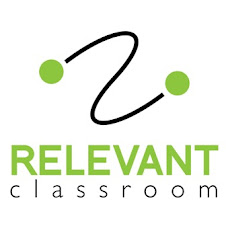There are a lot of ways to categorize and organize career options for students. Some models are based on how schools have organized subjects (math, philosophy, arts, science), or based on dimensions of the careers (creative, physical, people-oriented), or based on the level of education needed (professional degree, college degree, technical degree, high school). While these categories all have usefulness (more in the past than in the present and future realities this author would argue), a new model has emerged over the past decade that seems to be generating great interest because of its usefulness and adaptability – the Career Clusters model.
The Career Clusters model organized careers into 16 loosely defined clusters of related industries. Here are a few, for example: Arts, Audio-Visual Technology and Communications; Agriculture, Food and Natural Resources; and Architecture and Construction
Within these “clusters” you can find careers that use all subjects, have all dimensions and require all levels of education.
Why have Career Clusters become so popular? We’d offer these three reasons:
1. It is an easy way for students and parents to make sense of the universe of careers
2. Exploration can be based on student interest in a broad area
3. There is no implied judgment about “better” or “worse” careers – all clusters hold promise
If you’re not familiar with the Career Clusters model, take some time to explore the website www.careerclusters.org. (Full disclosure: at RC we believe so much in the Career Clusters model that all of our career development products are based on the model)


No comments:
Post a Comment